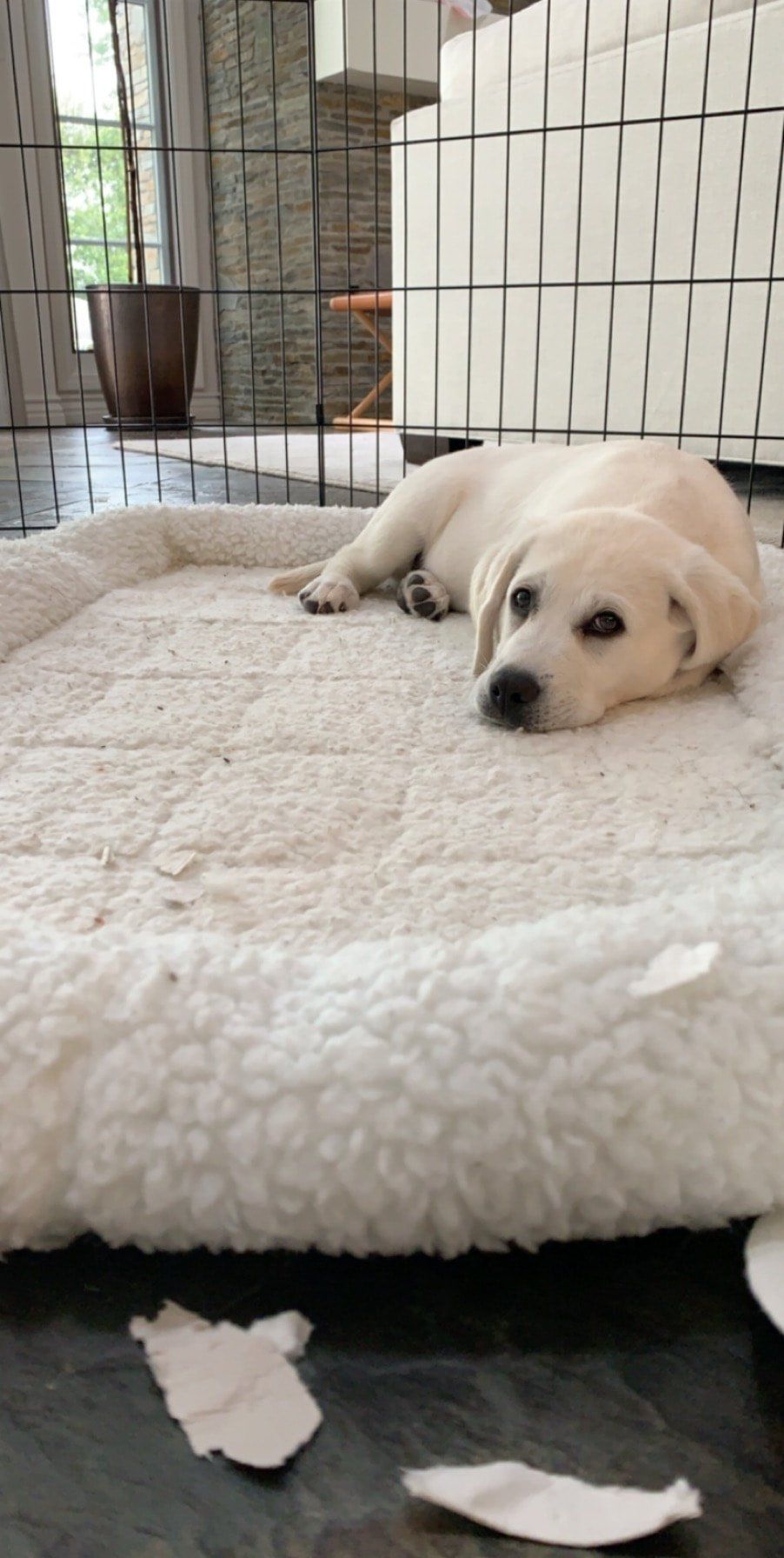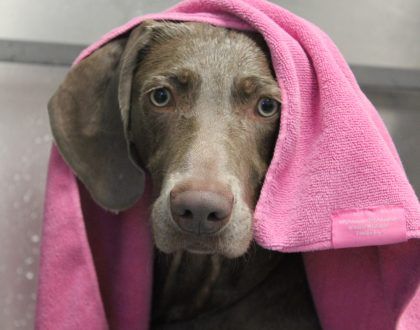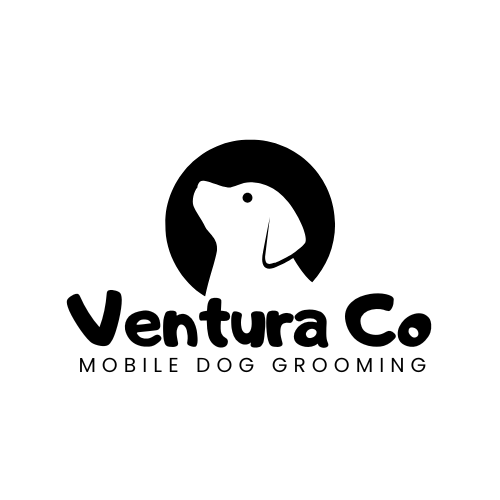How Often Should A Dog Be Groomed?
Essential Guidelines for Maintaining Your Pet’s Health
Grooming is an essential part of keeping our dogs healthy and comfortable, but how often should we actually groom them? The truth is, grooming frequency depends largely on the breed, coat type, and lifestyle of our dog. On average, most dogs benefit from grooming every 4 to 8 weeks to maintain their coat and skin health.
Some dogs with short hair may only need occasional brushing and an occasional bath, while breeds with longer or thicker fur typically require more frequent sessions. Regular grooming helps prevent matting, reduces shedding, and allows us to check for skin issues or parasites.
Understanding our dog’s specific grooming needs can save us time, money, and stress in the long run. By following a routine that fits our dog’s unique coat and habits, we ensure they stay happy, clean, and healthy.
Understanding Dog Grooming Frequency
Different dogs require varying grooming schedules based on their breed, coat type, and health. Recognizing when grooming is needed helps us maintain their comfort and hygiene effectively.
Key Factors That Influence Grooming Needs
We consider several key factors when deciding how often to groom our dogs. Breed plays a major role; long-haired breeds like Shih Tzus need grooming more often than short-haired breeds like Beagles. Coat type, such as curly or double-coated, also affects frequency because of tangling, shedding, and matting risks.
Activity level matters too. Dogs that spend more time outdoors require frequent baths and brushing to remove dirt and debris. Skin condition and allergies can necessitate adjustments in grooming to prevent irritation. Age is another factor; older dogs may need gentler, less frequent grooming sessions.
Why Regular Grooming Matters
Regular grooming keeps our dogs’ skin and coat healthy by removing dirt, dead hair, and preventing mats. This reduces the risk of infections and skin problems that can develop under neglected fur.
Grooming also allows us to check for abnormalities like lumps, ticks, or wounds early. It improves comfort by preventing painful mats and keeps nails at a safe length to avoid issues when walking.
Apart from health, grooming promotes a clean home by reducing shedding and dirt indoors. Maintaining a consistent routine can save us from more extensive care down the line.
Common Signs Your Dog Needs Grooming
Certain signs alert us that it’s time for grooming. Visible mats or tangles, especially in longer fur, indicate brushing or trimming is necessary. Excess shedding or flaky skin suggests a bath and coat care.
We should watch for an unusual odor, which often means dirt or oils have accumulated. Overgrown nails that make clicking sounds on hard floors require trimming to prevent discomfort or injury.
Scratching, licking, or redness signals skin irritation that grooming can help manage. By monitoring these signs, we ensure timely grooming to keep our dogs comfortable and healthy.
Breed-Specific Grooming Recommendations
Different coat types require tailored grooming schedules and techniques. We must consider factors such as shedding, matting, and skin health to maintain each breed’s unique needs effectively.
Short-Haired Breeds
Short-haired dogs like Beagles and Boxers have coats that shed regularly but are easier to maintain. We should brush them once a week using a rubber curry brush or bristle brush to remove loose hairs and distribute natural oils.
Bathing every 6 to 8 weeks helps keep their skin clean without stripping essential oils. Nail trimming and ear cleaning remain important parts of their grooming routine but don’t require extra coat maintenance.
Long-Haired Breeds
Dogs such as Shih Tzus and Afghan Hounds need much more frequent grooming due to their prone-to-matting coats. We should brush them daily or at least every other day, using a slicker brush and comb to prevent tangles.
Regular trims every 4 to 6 weeks are essential to keep their coats manageable and prevent skin infections under dense fur. These breeds often need professional grooming to maintain coat health and appearance.
Curly or Wavy-Coated Breeds
Breeds like Poodles and Portuguese Water Dogs have dense, curly coats that trap dirt and debris easily. We need to brush them at least 2 to 3 times per week to avoid matting.
Bathing every 4 to 6 weeks is advised, paired with thorough drying to prevent skin issues. Professional grooming every 6 to 8 weeks helps maintain shape and manageability, especially with clipping and trimming.
Double-Coated Breeds
Double-coated dogs such as Siberian Huskies and Golden Retrievers have a thick undercoat beneath a longer topcoat. We should increase brushing frequency during shedding seasons to daily sessions using an undercoat rake or de-shedding tool.
Outside of shedding periods, brushing 2 to 3 times a week is sufficient. Bathing should be done every 6 to 8 weeks to preserve the waterproof qualities of their coats and help regulate shedding.
Age and Health Considerations
Different life stages and health conditions affect a dog’s grooming needs. Understanding these variations helps us tailor grooming schedules to support our dogs’ well-being effectively.
Puppies and Grooming Schedules
Puppies require gentle and gradual grooming to build comfort and tolerance. We should start basic grooming routines, such as brushing and nail trimming, by 8 weeks of age. This helps them get used to handling and hair maintenance early on.
Frequent short grooming sessions are better than long ones at this stage. We usually groom puppies every 2-3 weeks to prevent matting and keep their coat clean. Bathing should be sparing, only when necessary, to avoid skin irritation.
Introducing puppies to grooming tools and environments calmly reduces stress. Positive reinforcement during grooming encourages cooperation and helps them enjoy or at least tolerate these sessions.
Senior Dogs’ Grooming Needs
Senior dogs often have sensitive skin and lower energy levels, which affect grooming frequency and techniques. We need to be gentle and patient during grooming to avoid causing discomfort or injury.
Brushing once a week is usually enough for most elderly dogs, but this depends on coat type. Regular inspection during grooming is important to catch lumps, skin changes, or parasites early.
Bathing should be limited and done with mild shampoos to prevent dryness. Nail trimming remains crucial as older dogs often move less, which slows natural nail wear.
Grooming for Dogs With Medical Conditions
Medical conditions require tailored grooming plans. Dogs with arthritis may need shorter sessions and softer handling to avoid pain or stress during grooming.
Skin issues such as allergies or infections require specific shampoos and more frequent but gentle cleaning. We need to follow veterinarian recommendations closely for frequency and products.
Dogs with mobility problems may need assistance or professional grooming services. Monitoring their comfort and health during grooming helps us adjust care appropriately and maintain hygiene without causing harm.
Seasonal and Environmental Influences
We must consider how weather and our dog’s outdoor habits change the grooming routine. Tailoring grooming to these factors keeps their coat healthy and skin comfortable.
Adjusting Grooming for Weather Changes
Temperature shifts affect coat condition. In colder months, many dogs grow thicker fur, requiring more frequent brushing to prevent mats.
During warmer seasons, we may need to trim the coat to help dogs stay cool, and bathing might increase to remove dirt and sweat.
Higher shedding in spring and fall calls for extra grooming sessions. This reduces loose fur around the house and keeps the dog more comfortable.
Impact of Outdoor Activities on Grooming Frequency
Dogs that spend significant time outside usually need grooming more often. Dirt, debris, and allergens can accumulate quickly in their fur.
Active dogs might require extra baths to remove mud or plant matter. We also check for ticks, burrs, and other irritants more frequently.
If our dog swims regularly, drying and brushing afterward prevents skin issues. Grooming protects their skin from scratches and infections caused by environmental exposure.
Professional Grooming vs. At-Home Care
Deciding between professional grooming and at-home care depends on factors like your dog’s breed, coat type, and your comfort with handling grooming tasks. Both approaches have distinct advantages and can complement each other effectively.
When to Seek a Professional Groomer
We should use professional groomers for complex tasks like breed-specific haircuts, de-shedding treatments, or nail trims when dogs resist at-home care. Dogs with thick, curly, or long coats often need expert handling to avoid matting and skin issues.
Professional groomers also spot health problems such as skin infections, lumps, or ear issues early. If our dog has behavioral challenges or medical conditions, professionals can use tools and techniques safer than at-home options.
Benefits of At-Home Grooming
At-home grooming keeps our dogs comfortable with regular maintenance like brushing, teeth cleaning, and baths. It strengthens our bond and helps us monitor changes in their skin or coat daily.
We save money and control the frequency of grooming by handling routine tasks ourselves. Using proper tools and methods, we can reduce shedding, prevent mat formation, and maintain hygiene between professional visits.
Essential Dog Grooming Tasks
Maintaining our dogs' hygiene and health requires attention to specific grooming tasks. These involve regular washing, brushing, trimming nails, and caring for their ears and teeth.
Bathing Frequency Guidelines
Bathing frequency depends on our dog’s breed, coat type, and activity level. Dogs with oily coats, like Basset Hounds, may need a bath monthly. Those with water-repellent coats, such as Golden Retrievers, require less frequent baths to preserve natural oils.
For most dogs, bathing every 4 to 6 weeks is sufficient. Overbathing can dry out the skin and cause irritation. Using a dog-specific shampoo is important to maintain healthy skin pH.
If our dog spends a lot of time outdoors or has allergies, more frequent baths may be necessary. We should always rinse thoroughly to avoid residue buildup.
Brushing Requirements
Brushing removes dirt, prevents mats, and distributes natural oils through the coat. Short-haired breeds like Beagles usually need brushing once a week. Long-haired breeds such as Collies benefit from daily brushing.
Regular brushing minimizes shedding and skin problems. We should use brushes suited to our dog’s coat type: bristle brushes for short hair, slicker brushes or combs for longer coats.
Pay special attention to areas prone to tangling, like behind the ears and under the legs. Brushing also provides an opportunity to check for ticks or skin abnormalities.
Nail Clipping Timing
Nail length affects our dog’s comfort and walking ability. Nails should be clipped when we hear tapping on hard surfaces, generally every 3 to 4 weeks. Overgrown nails risk splitting and injury.
We can trim nails ourselves using a clipper designed for dogs, cutting carefully to avoid the quick — the sensitive part inside the nail. If unsure, a vet or groomer can assist.
Some dogs with active outdoor lifestyles wear their nails down naturally and need less frequent clipping. Monitoring nail length regularly helps maintain foot health.
Ear and Dental Care
Ear health prevents infections; dogs with floppy ears need more attention. Checking ears weekly for redness, odor, or debris is critical. Cleaning with a vet-approved solution prevents buildup and irritation.
Dental care reduces plaque and bad breath. Daily brushing with dog-safe toothpaste is ideal, but at minimum, teeth should be brushed a few times a week. Dental chews and toys also help reduce tartar.
Ignoring ear and dental care can lead to infections and painful conditions. We must incorporate these tasks into our regular grooming routine to keep our dog healthy.
Potential Consequences of Infrequent Grooming
Neglecting regular grooming can affect our dog's health, behavior, and coat condition. These effects may be subtle initially but worsen over time, impacting their quality of life.
Health Risks
Infrequent grooming increases the risk of infections, especially in ears and skin. Dirt, moisture, and debris accumulate, leading to bacterial or fungal infections that cause discomfort and pain.
Matted fur restricts airflow to the skin, resulting in sores and hotspots. It also traps parasites like ticks and fleas, which can transmit diseases such as Lyme disease or flea allergy dermatitis.
Nail overgrowth is another serious issue. Long nails change a dog’s gait and can cause joint pain or even fractures. Regular trimming prevents these problems and promotes good posture and mobility.
Behavioral Issues
Dogs with poor grooming may show signs of stress and irritation. Persistent itching or pain from mats and infections can lead to aggression or withdrawal.
Discomfort from matted fur or dirty ears often makes dogs less willing to interact. They might avoid playtime or refuse walks, impacting their mental well-being.
Unkempt dogs may also develop anxiety during grooming sessions later due to past pain or neglect. Consistent, gentle grooming helps maintain their trust and reduces behavioral problems.
Coat and Skin Complications
A neglected coat becomes tangled, dull, and prone to matting. Matted fur pulls on the skin, causing pain and restricting movement.
Lack of brushing leads to dead hair buildup, which can clog pores and reduce skin health. This environment fosters dry skin, irritation, and flaking.
Without proper grooming, natural oils fail to distribute evenly, causing greasy or brittle hair. Regular care is essential to maintain a clean, healthy, and attractive coat.
Tips for Maintaining an Effective Grooming Routine
To maintain a consistent grooming routine, we need to plan and monitor carefully. Knowing when to groom and how to check our dog's condition helps us keep their coat and skin healthy without overdoing it.
Creating a Grooming Schedule
We should base the grooming schedule on our dog's breed, coat type, and activity level. For example, long-haired breeds might need grooming every 4 to 6 weeks, while short-haired dogs often require less frequent visits, around every 8 to 12 weeks.
Consistency is key. Marking grooming dates on a calendar or setting reminders prevents us from skipping sessions. We should also include brushing sessions between full groomings, ideally daily or several times a week, depending on shedding and tangling.
Pay attention to seasonal changes. Dogs may need more frequent grooming in warmer months to manage shedding and keep their skin healthy.
How to Monitor Your Dog’s Grooming Needs
Regular observation helps us adjust grooming frequency. Look for signs like mats, excessive shedding, dry skin, or an unusual odor. These indicate that grooming is needed even if the schedule isn’t due.
Checking paws, ears, and nails in between sessions is crucial. If nails click on hard floors or ears have a strong smell, we should schedule grooming sooner.
Behavior can also guide us. If our dog appears uncomfortable or scratches more, it may be time to groom. Staying attentive ensures we meet their changing grooming needs promptly. Give us a call and we can get you scheduled for dog grooming in Ventura County, CA.



